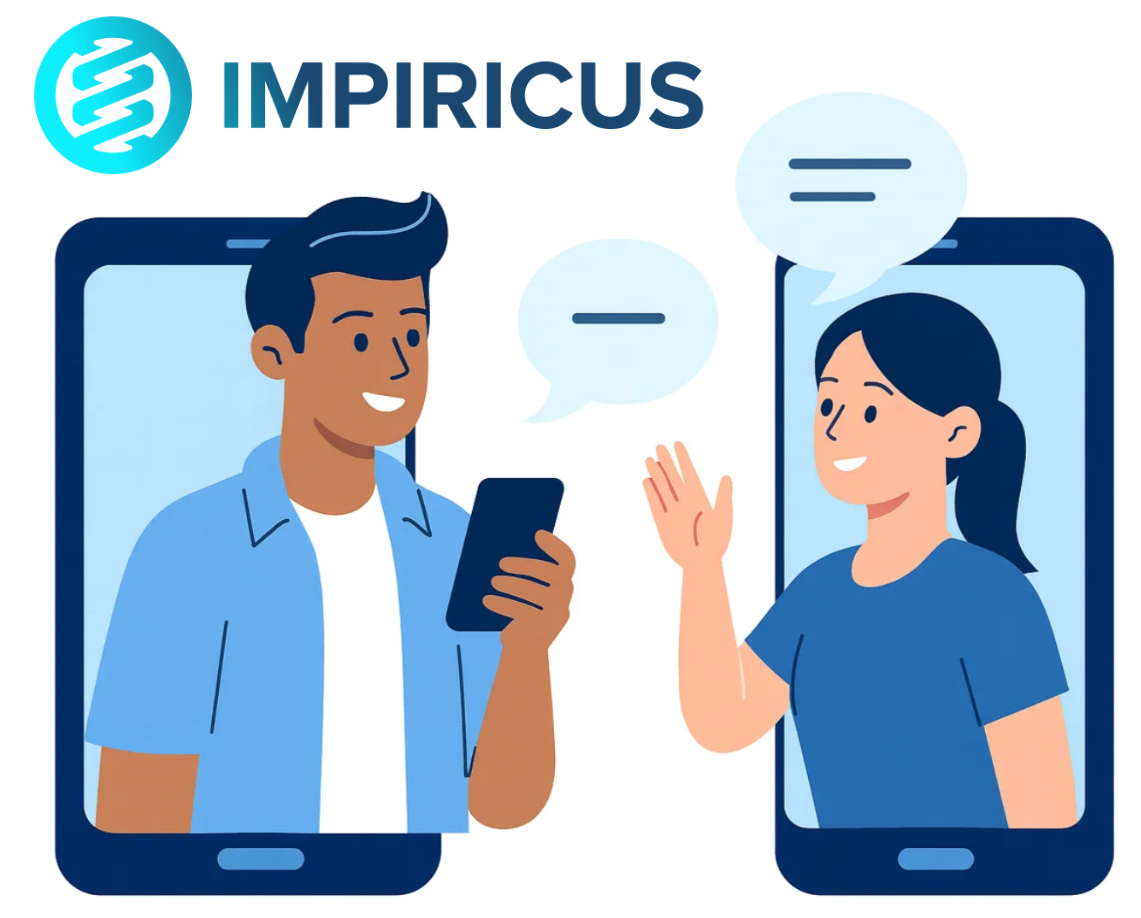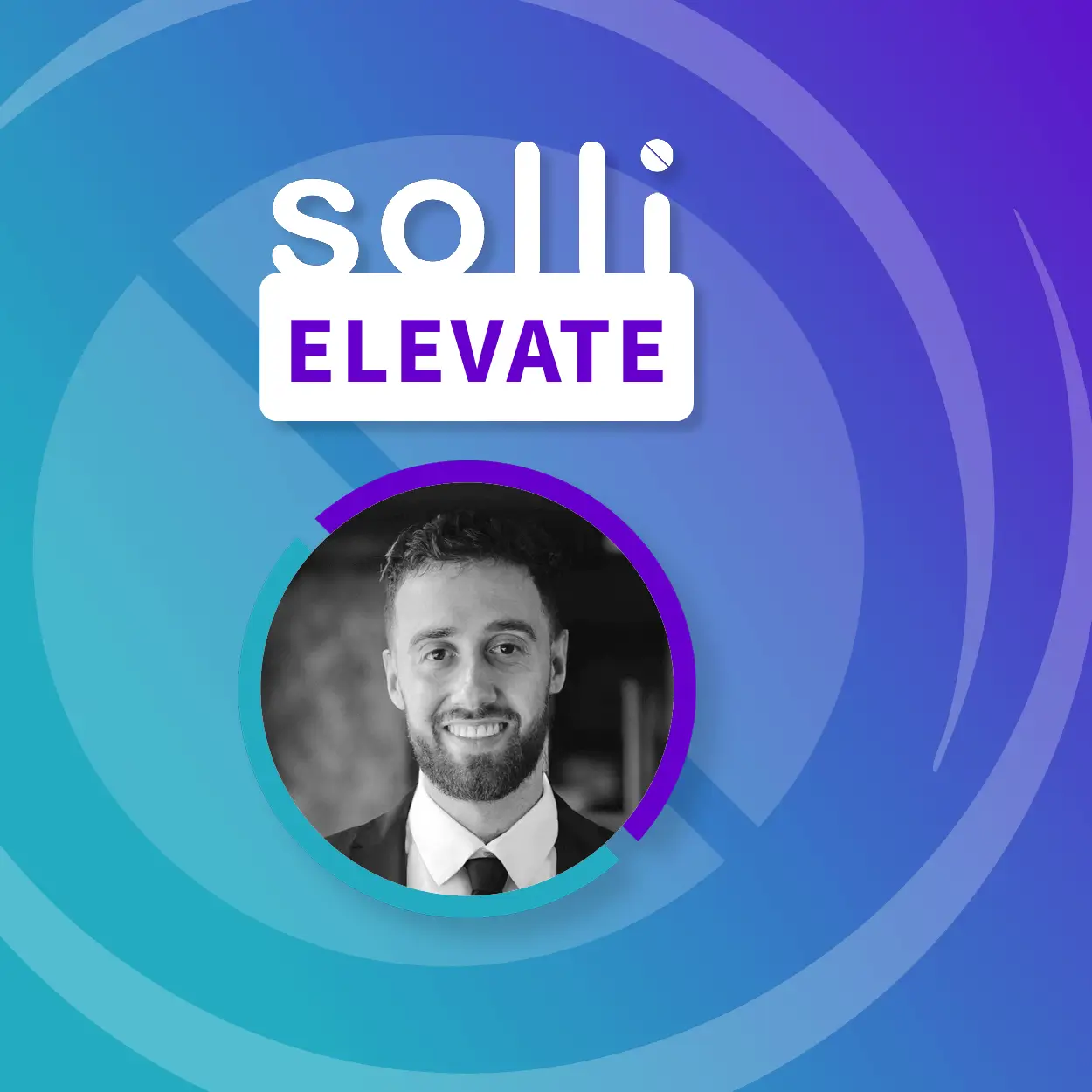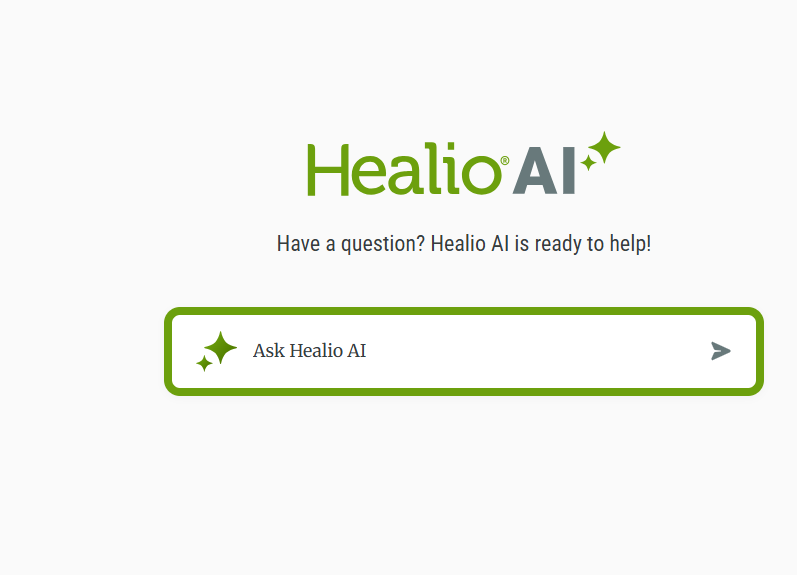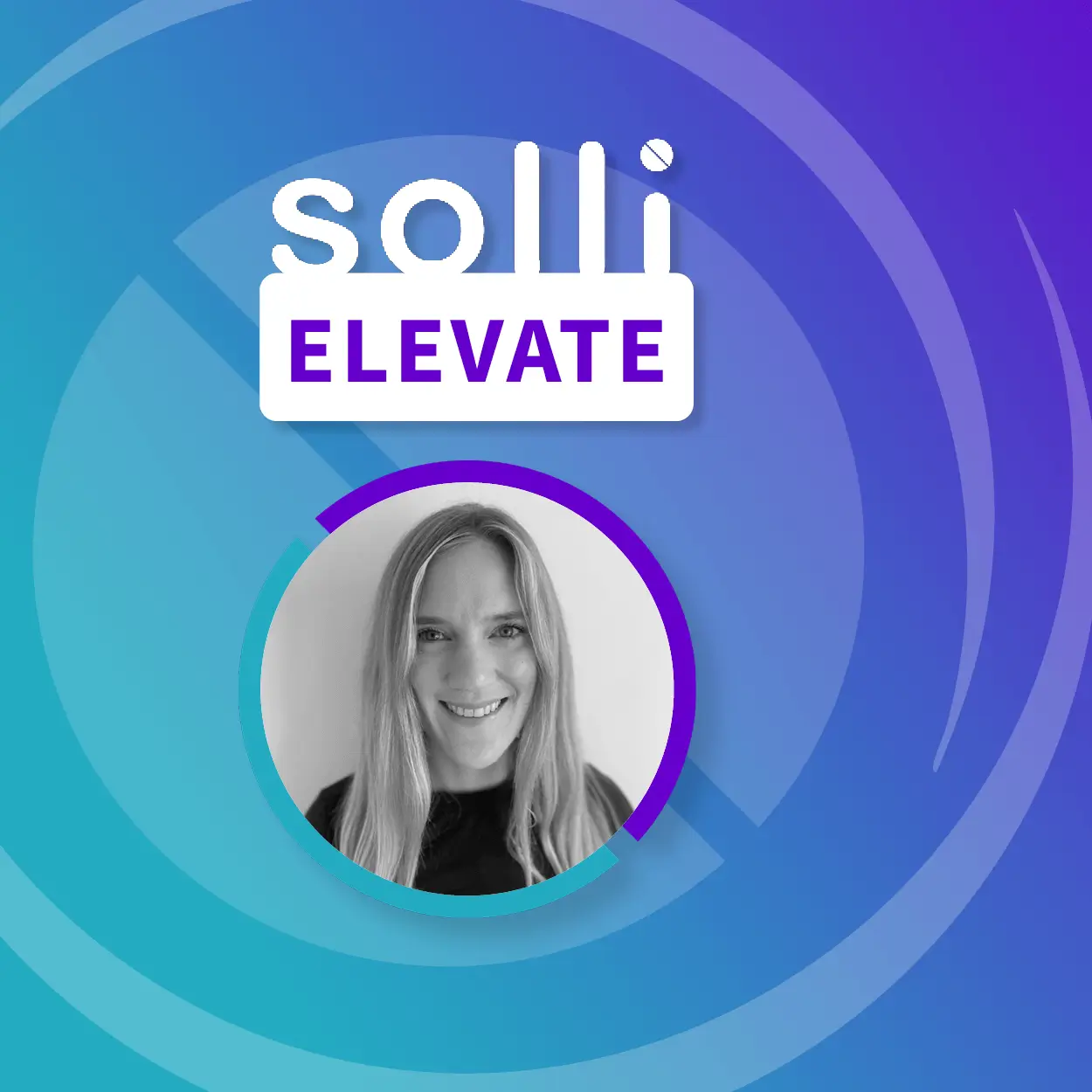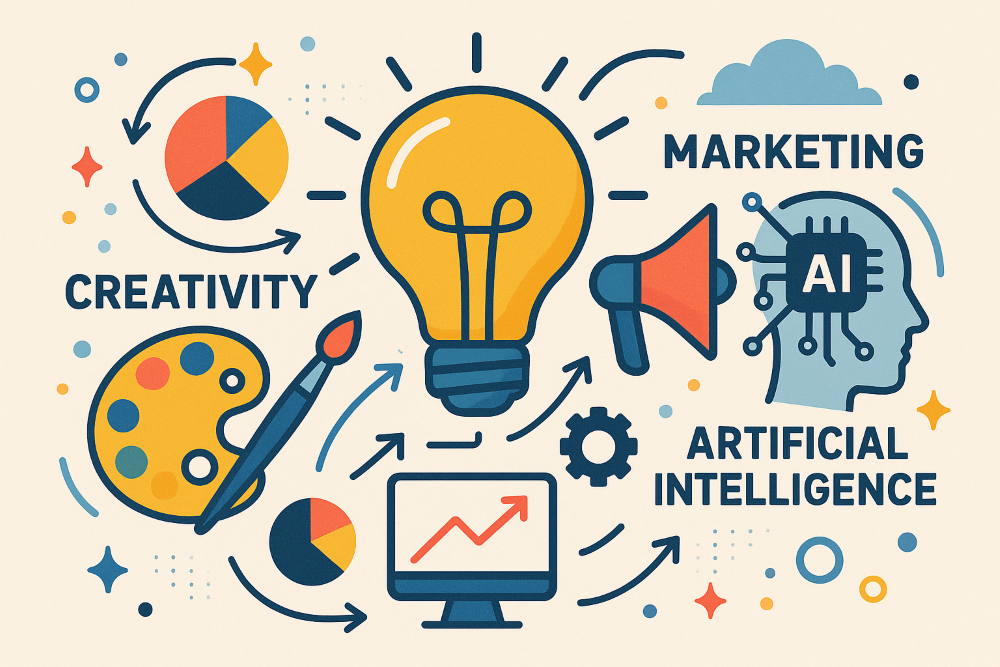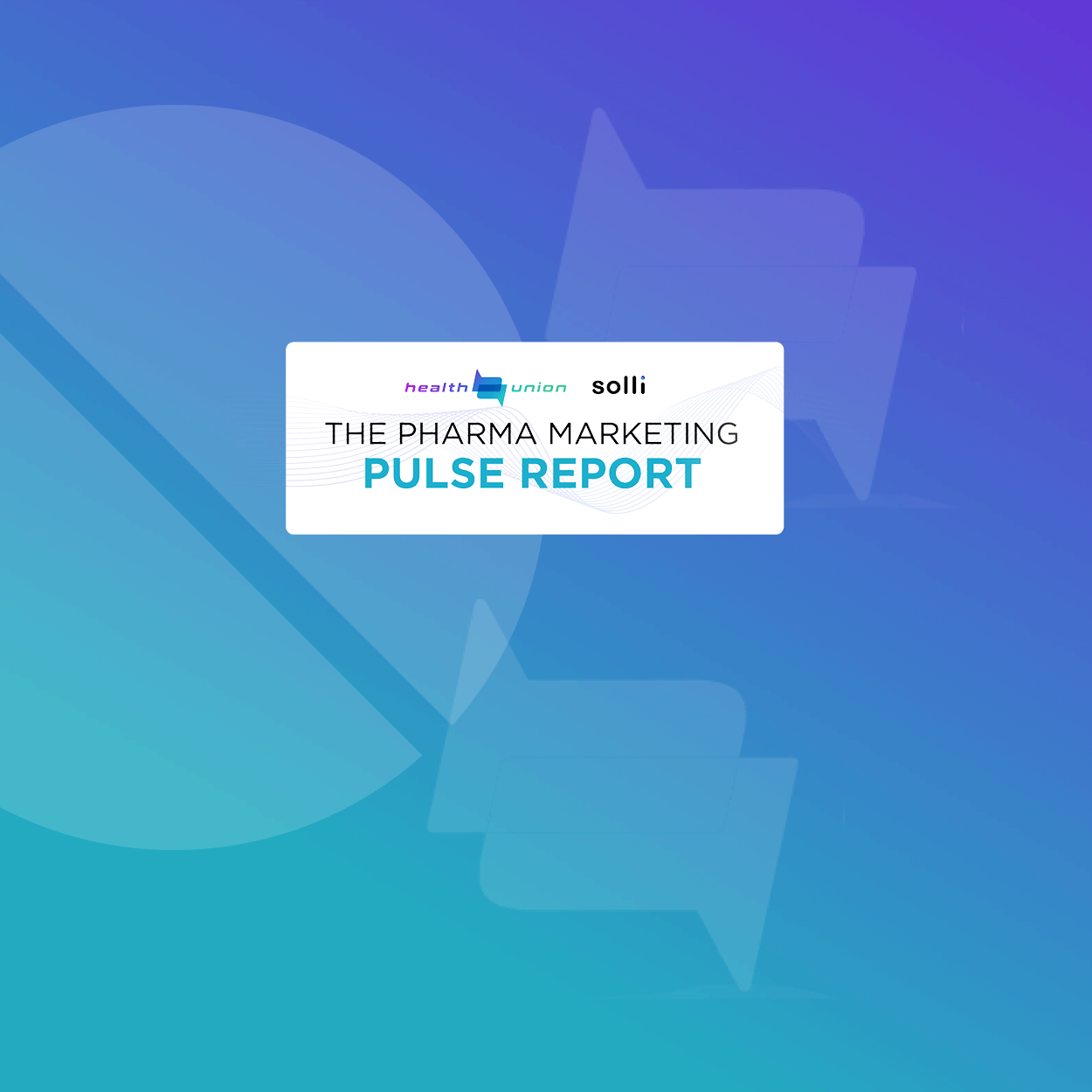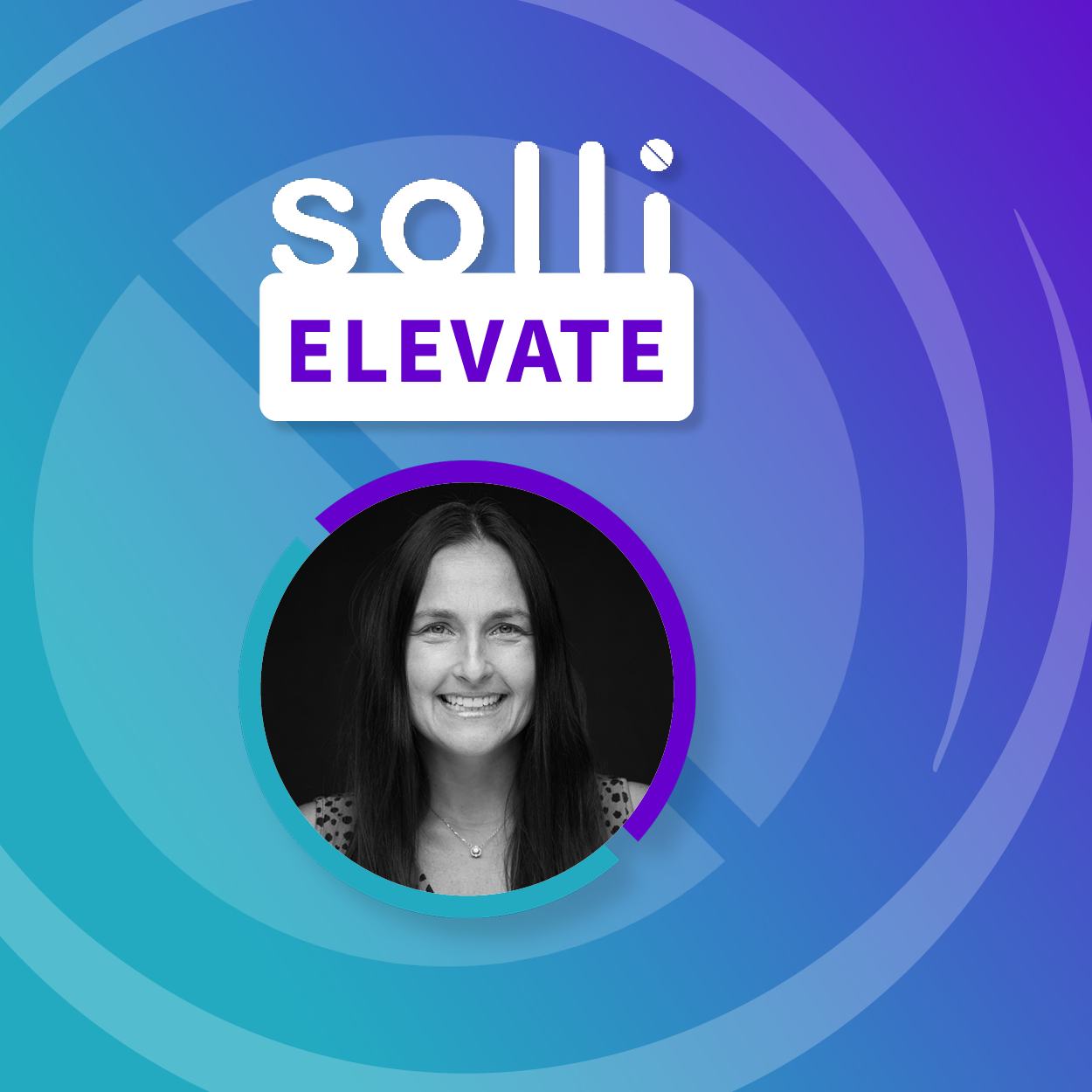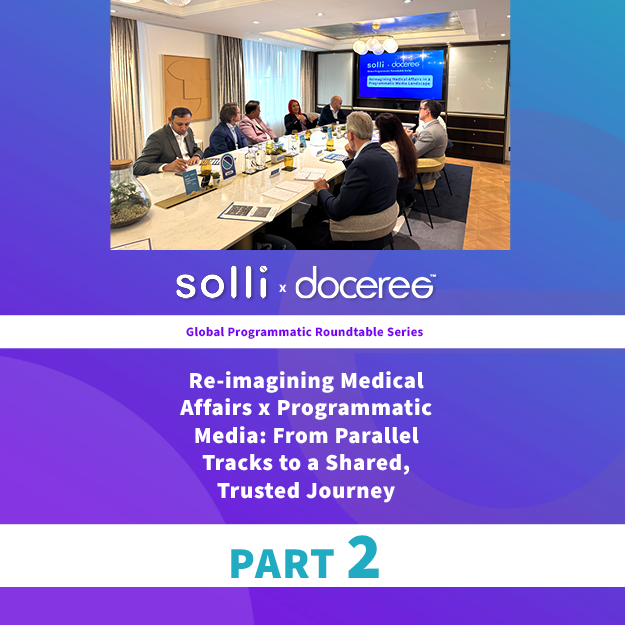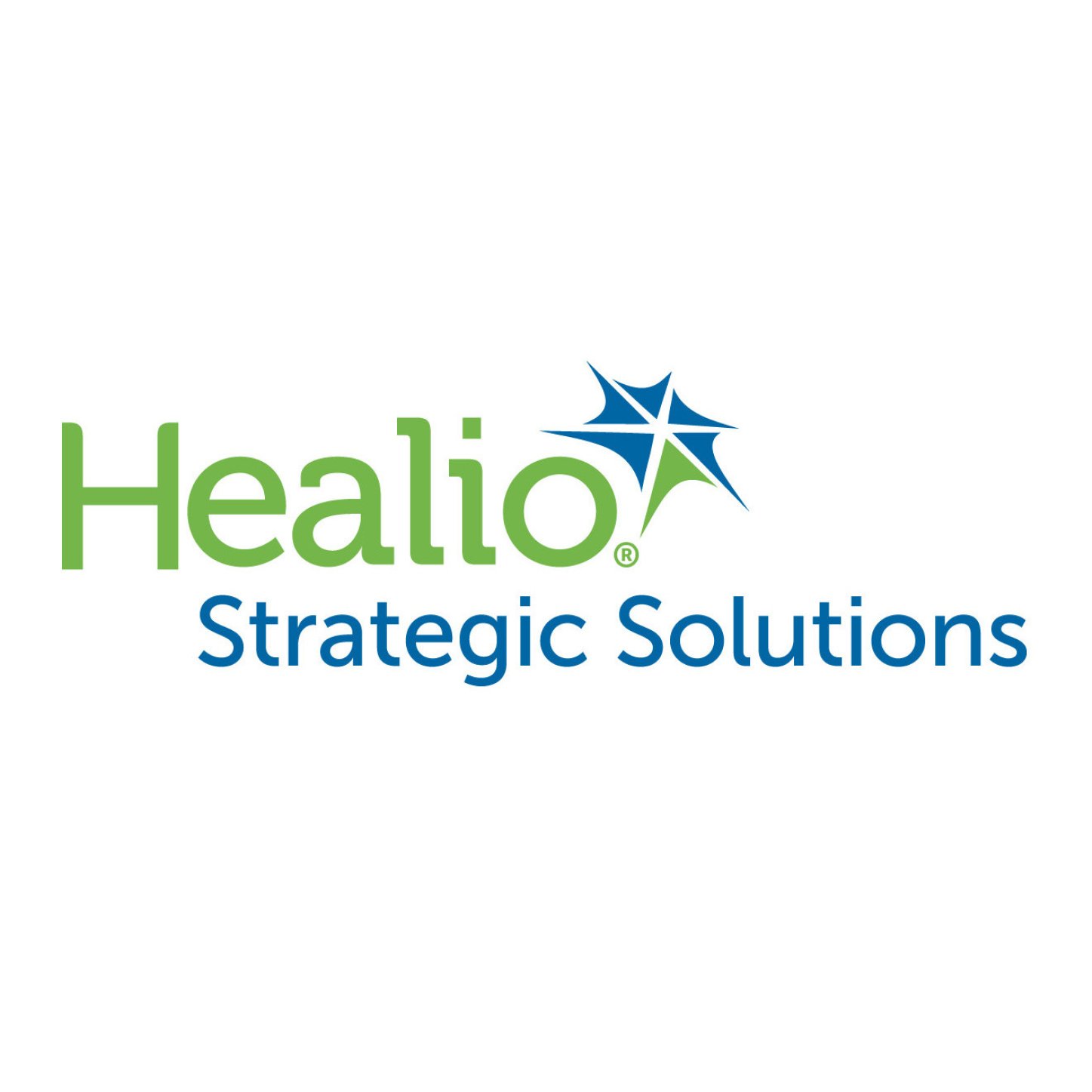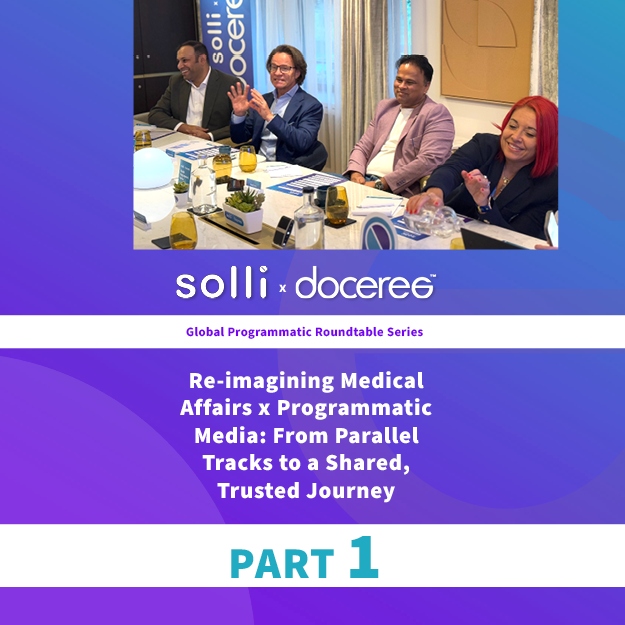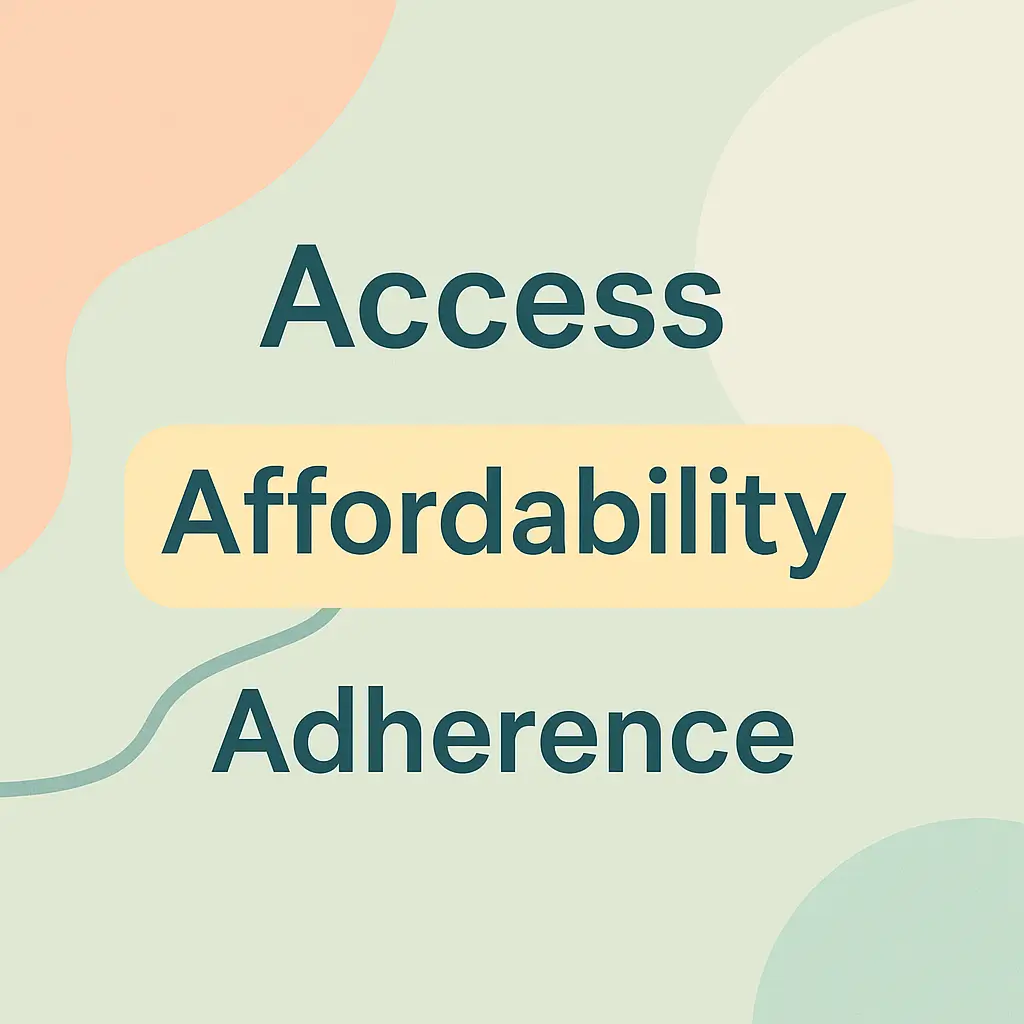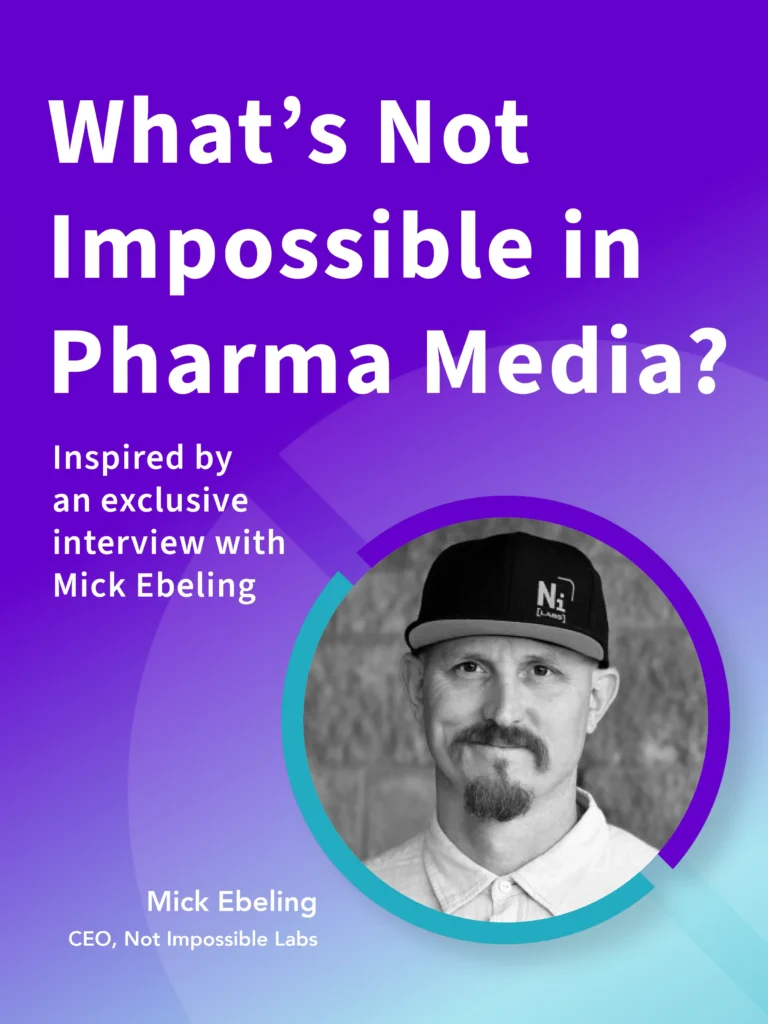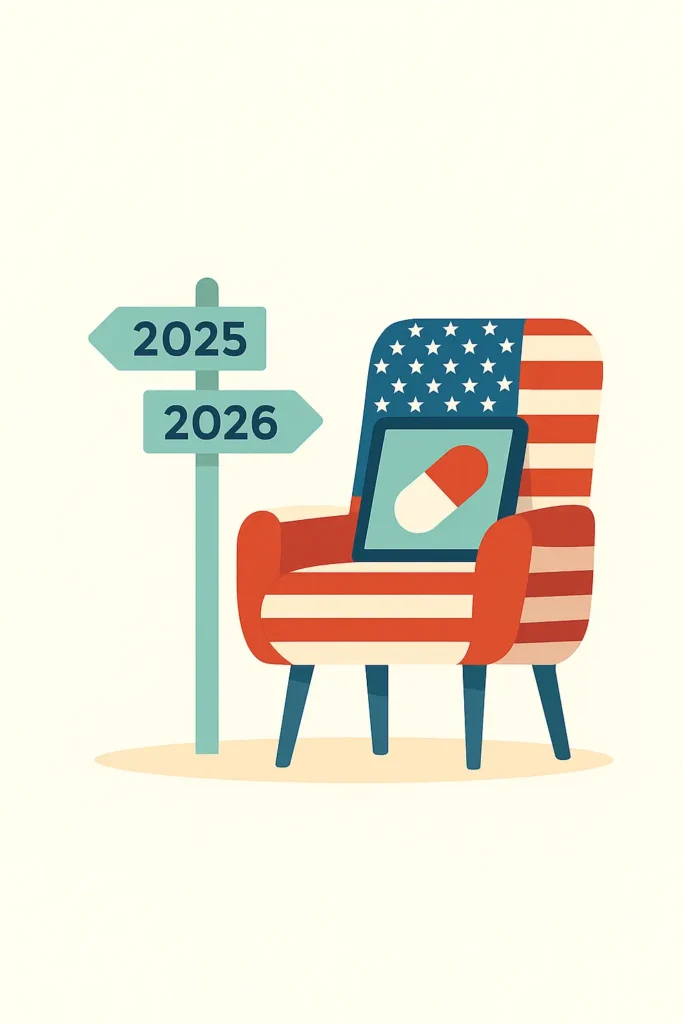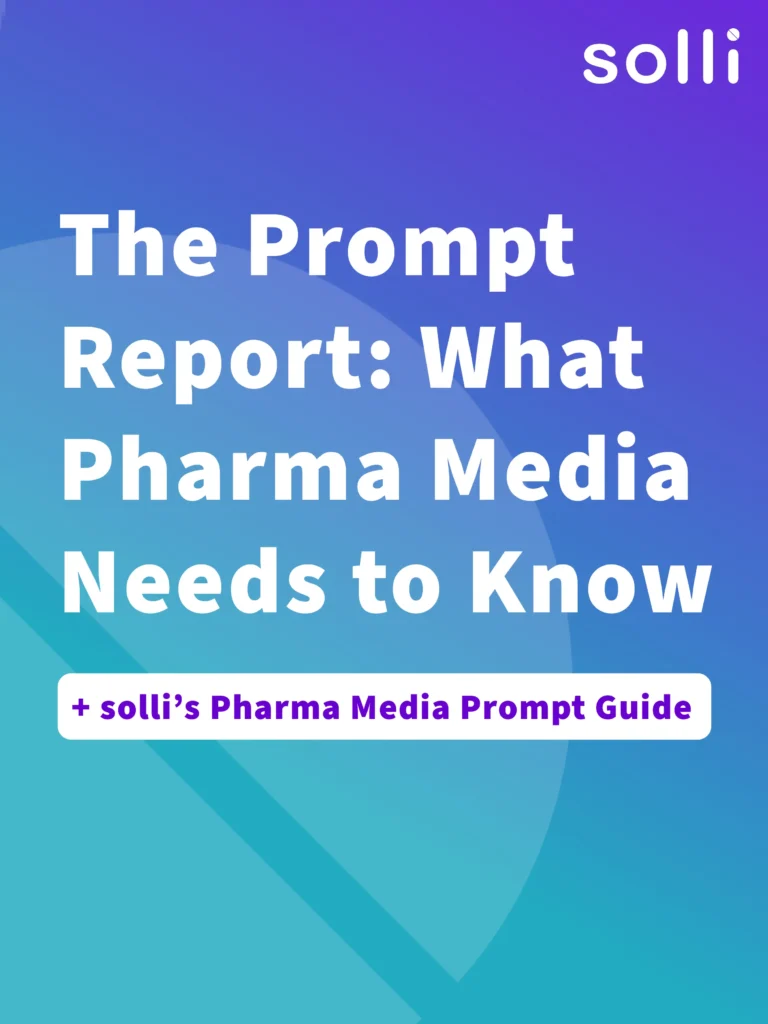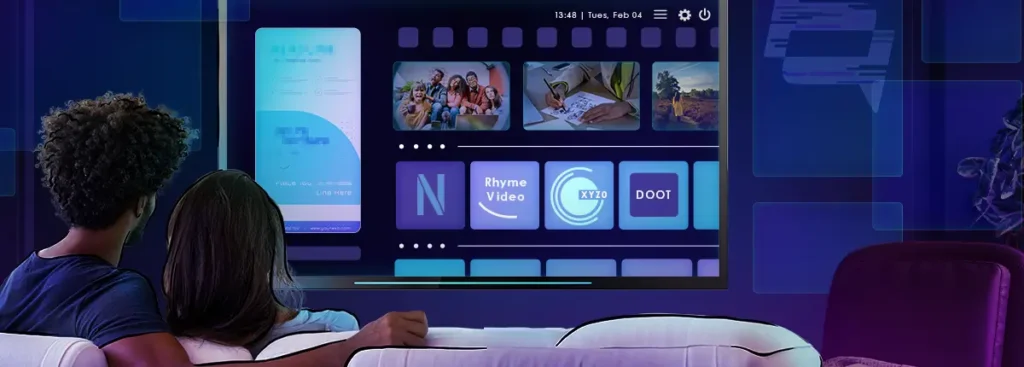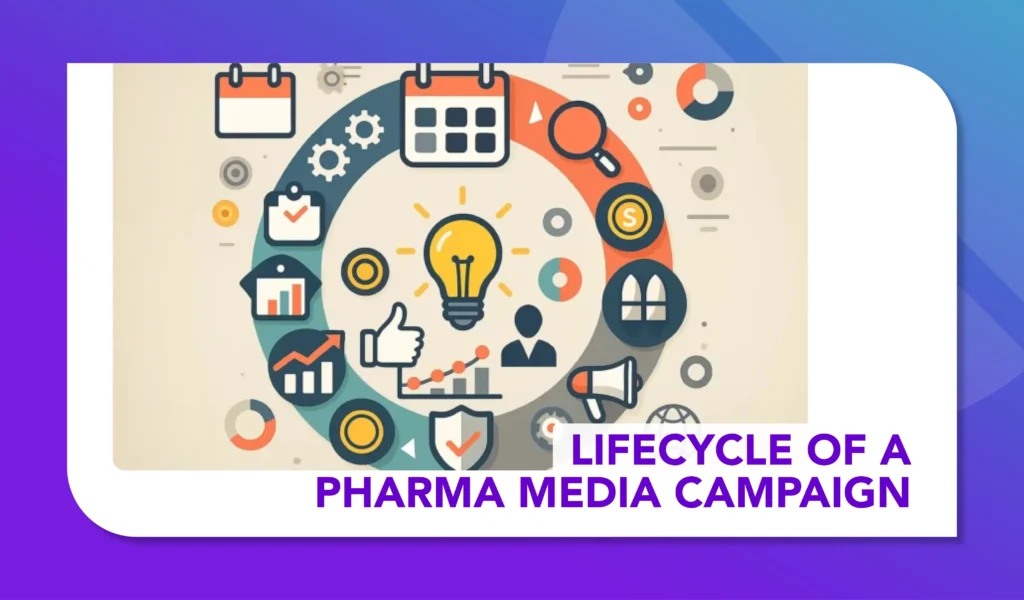Pharma Media Needs Its Own Brat Summer: Here’s Why and How
Embracing authenticity, speed, and cultural relevance in modern pharma media
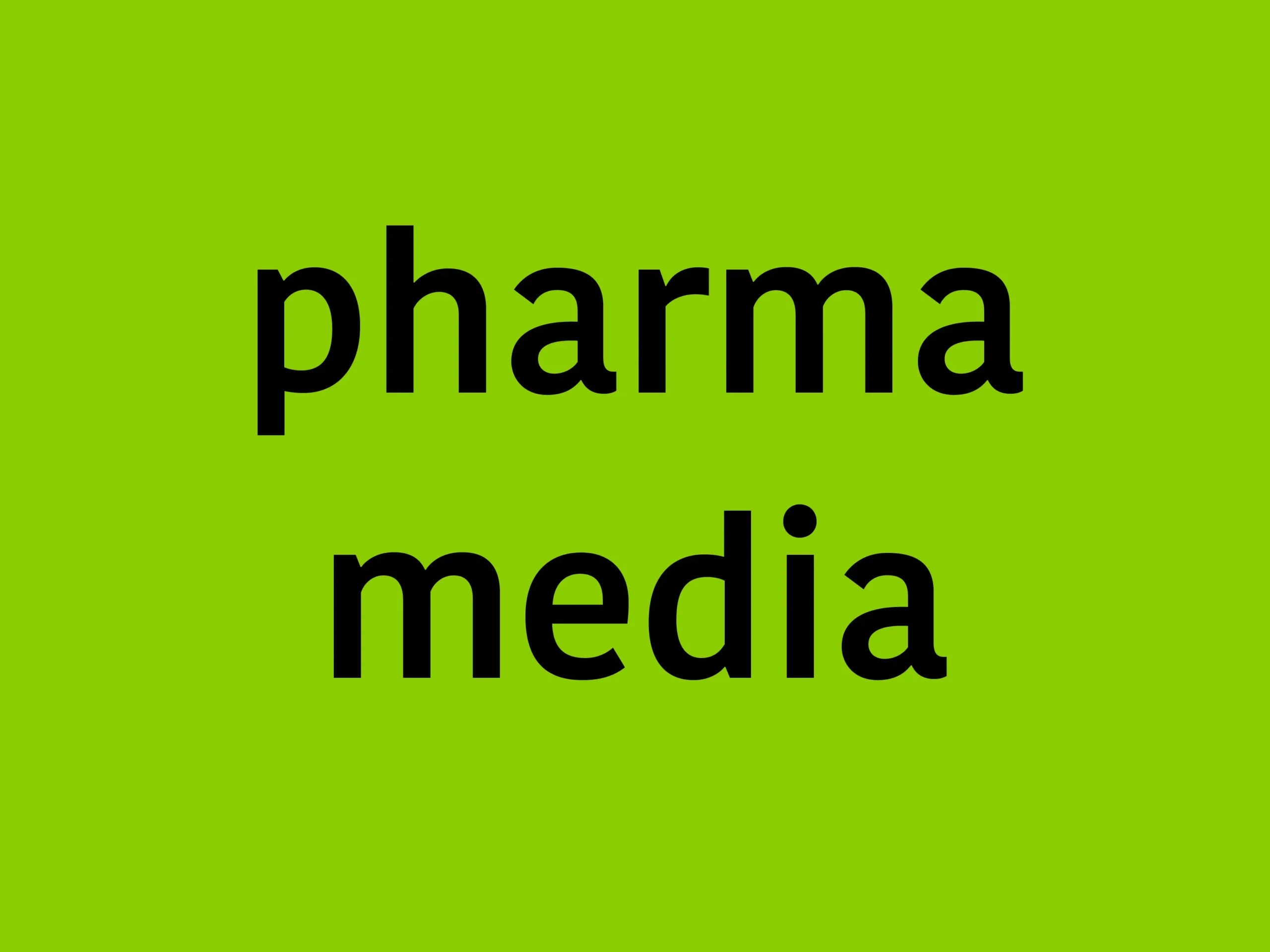
If you’ve spent any time online lately, you’ve probably seen the neon green haze of Brat Summer splashed across your feed. It was one of 2024’s viral cultural moments, sparked by Charli XCX’s Brat album, and it resonated far beyond the music scene. At its core, Brat Summer was all about embracing messiness, rebellion, and a little bit of chaos—whether that meant staying out late or lounging in bed unapologetically. It pushed people to reject perfection and embrace imperfection, wildness, and freedom. So, what on earth does this have to do with pharma media?
A lot, actually.
Pharma media, like much of corporate communication, is often stuck in a loop—cautious, buttoned-up, and typically a step behind when it comes to engaging with real people in the real world. While the industry has its reasons (regulations, compliance, accuracy), it’s high time pharma media shook off its old-school ways and embraced its own Brat Summer. It’s time to be more honest, more real, and more culturally in-tune, while still keeping the essentials—like safety and accuracy—intact.
What Being ‘Brat’ Really Means (And Why Pharma Needs It)
The idea behind Brat isn’t about breaking rules for the sake of it; it’s about cutting through the noise. It’s about being raw, fast, and unfiltered in a world that’s hungry for authenticity. People are tired of glossy, pre-packaged messaging that feels as disconnected as it is predictable. They want to see brands (and industries) that feel real, human, and—most importantly—relatable.
For pharma media, that’s a tall order. Regulatory constraints, Medical-Legal-Regulatory (MLR) reviews, and the immense responsibility tied to healthcare make the landscape rigid. But that doesn’t mean there’s no room to be daring. In fact, the healthcare industry is in a unique position to break new ground in the way it communicates—because nothing is more human than health.
The days of clinical, overly cautious messaging aren’t cutting it anymore, especially when your audience spans diverse social groups—not just Gen Z to Boomers, but also the varied communities within these age ranges. Across Black, Latinx, Asian, LGBTQ+, and neuro-diverse audiences (to name just a few), each group has different expectations, cultural experiences, and media habits. If pharma companies want to get life-saving medicines into the hands of those who need them, they’ve got to communicate in a way that people understand, care about, and engage with.
Why Cultural Relevance Matters in Pharma Media
Pharma needs to learn from Brat Summer and start acting like a real part of the culture, not some distant authority that swoops in to talk only when there’s a need. People don’t just want information about their health—they want to feel seen and heard. This means tapping into trends, aligning with cultural moments, and using language that feels like it’s part of the zeitgeist, not just another corporate message.
Take Brat Summer: it was chaotic, bold, and yes, even a little trashy. But that’s why it worked. It didn’t try to please everyone—it embraced what it was, unapologetically. That’s the kind of energy pharma media needs. This isn’t about neon-green pill bottles or rebel messaging—it’s about pharma media embracing imperfection, being real, and being less polished. Because perfection is the enemy of authenticity.
How do we realistically do this?
So, built in the reality of the pharma industry, how do we realistically achieve this ? It’s not about disregarding compliance or taking unnecessary risks—it’s about recalibrating the tone and pace, breaking free from rigid routines, and meeting people where they are.
1. Move at the Speed of Culture
Pharma media often feels like it’s operating on a delay, reacting to events rather than driving the conversation. To get bratty, pharma needs to act faster. That means less drawn-out processes and more real-time engagement. Leveraging AI to speed up content creation and approvals could be a game changer. Real-time data and social listening can help pharma understand where conversations are happening and get involved in the moment, not months later.
2. Bring MLR Teams into the Mix Early
MLR teams are often seen as the brakes on any creative project. But what if they weren’t the last stop? If you bring MLR into the creative process early, they can help identify the non-negotiables without killing the vibe. Let them understand the strategy from day one, so they can contribute to making content both compliant and culturally relevant. It is very possible—it just requires more collaboration from the start.
3. Invest in Data for Speed and Agility
Data is the backbone of pharma, but it’s often used for research or after-the-fact analysis. Want to be more Brat? Invest in data that gives you speed and agility. Use it to track what’s working and pivot fast. Whether it’s always-on insights tools that keep tabs on trending health conversations or platforms that monitor patient engagement, the goal is to move quickly while maintaining accuracy.
4. Embrace Imperfection
The days of glossy perfection are over. People no longer trust what looks too polished—they trust what feels real. Pharma media could benefit from embracing the unpolished side of things: lo-fi videos, honest testimonials, and even well-timed memes. This doesn’t mean being careless or crass—it’s about showing the human side of healthcare, imperfections and all. In a world that values authenticity, high-production, overly scripted content can feel out of touch.
5. Keep Paid Media Teams in the Room
Within the omnichannel marketing ecosystem paid media can often feels like an afterthought from the brand or creative strategy, but in a Brat world, it should be at the forefront. Make sure your paid media teams are in the room from the very start. They know how to cut through the noise and can help craft campaigns that aren’t just compliant, but effective and engaging. The better they understand the brand strategy, the more they can optimize for reach and relevance.
6. Build Partnerships That Move Fast
Pharma can’t do it alone. Partnering with influencers, healthcare professionals, or advocacy groups that inherently understand cultural nuances and support the need for speed is crucial. Building partnerships with agile, tuned-in stakeholders allows pharma media to be more nimble and better positioned to engage with cultural moments as they happen—not after the fact—and helps avoid potential missteps in adopting a new Brat-inspired approach.
Wrapping It Up: Don’t Just Talk, Engage
Pharma media has traditionally been about talking at people, but a Brat Summer approach is all about engagement. It’s about being in the conversation, not above it. People don’t want to be marketed to anymore—they want to feel like they’re part of something bigger, especially when it comes to their health. Pharma has the chance to lead those conversations by being more relatable, real, and human.
Brat Summer wasn’t successful because it was perfect—it worked because it resonated. It moved fast, embraced chaos, and became part of the cultural fabric by doing so. Pharma media can take a page from this playbook without tearing up its own rulebook. The future of healthcare communication isn’t just about getting the facts right—it’s about making sure those facts stick, resonate, and ultimately change lives.
It’s time for pharma media to have its own Brat Summer—a moment to break from the old rules, connect with audiences in real-time, and inject some much-needed life into the way we talk about health.

